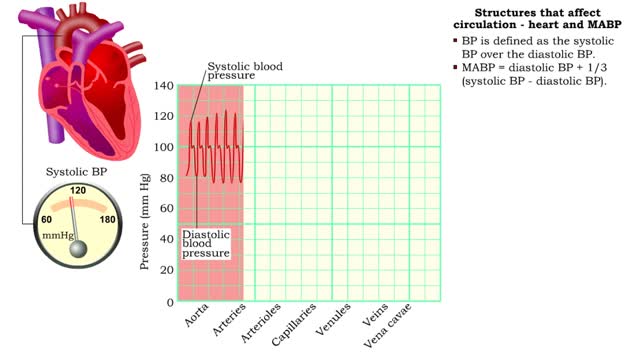Search Results
Results for: 'Factors that affect hydrogen bonds'
Glomerular filtrate rate: pressures that affect GFR, NFP & GFR and blood composition
By: HWC, Views: 11829
• The glomerular filtration rate is the amount of filtrate formed per minute within the renal corpuscle. • Once the filtrate is formed it moves down the tubule. • The production and movement of filtrate depends on three pressures: I. Glomerular blood hydrostatic pressure (GBHP) is ...
By: Administrator, Views: 14529
Eczema is a condition where patches of skin become inflamed, itchy, red, cracked, and rough. Blisters may sometimes occur. Different stages and types of eczema affect 31.6 percent of people in the United States. The word "eczema" is also used specifically to talk about atopic dermatitis, the most...
Glomerubular filtrate rate -pressures that affect GFR and net filtration pressure
By: HWC, Views: 11696
• The glomerular filtration rate is the amount of filtrate formed per minute within the renal corpuscle. • Once the filtrate is formed it moves down the tubule. • The production and movement of filtrate depends on three pressures: I. Glomerular blood hydrostatic pressure (GBHP) is pre...
Bulk flow - Factors that influence bulk flow
By: HWC, Views: 11550
• Bulk flow helps regulate the relative volumes of blood and interstitial fluid. • Flow from blood to interstitium is called filtration. ■ Flow from interstitium to blood is called reabsorption. ■ Four factors determine the net direction of capillary exchange. ■ These factors in...
Structures that affect circulation - heart and MABP
By: HWC, Views: 10873
■ BP is defined as the systolic BP over the diastolic BP. ■ MABP = diastolic BP + 1/3 (systolic BP - diastolic BP). ■ MABP accounts for diastole lasting longer than systole; mean is not equidistant between the two pressures.
Predator- prey competition and symbiosis
By: HWC, Views: 11142
Predator-prey relationships occur when one species, the predator, kills and eats an organism of another species, the prey. This graph shows the cyclical nature of predator-prey relationships, in this case among populations of Canada lynx and snowshoe rabbits. If predation is without some li...
By: Administrator, Views: 14437
Spirometry is a common test used to assess how well your lungs work by measuring how much air you inhale, how much you exhale and how quickly you exhale. Spirometry is used to diagnose asthma, chronic obstructive pulmonary disease (COPD) and other conditions that affect breathing
Structures that affect circulation - kidneys and blood volume and skeletal muscle pumping
By: HWC, Views: 11987
• Kidneys regulate blood volume and blood osmolarity via salt and water reabsorption. • Increased reabsorption increases blood volume and venous return (and CO). • Decreased reabsorption Increases urine production, which decreases blood volume and venous return (and CO). • Systemi...
Types of energy transfer reactions: oxidation-reduction reactions and ATP generation reactions
By: HWC, Views: 11952
■ Metabolism balances anabolic and catabolic reactions. ■ Anabolism is energy transfer from ATP to simpler molecules in order to build them up into larger, more complex molecules. ■ Catabolism is breaking down larger, more complex molecules, usually to transfer energy from them in order...
Advertisement











